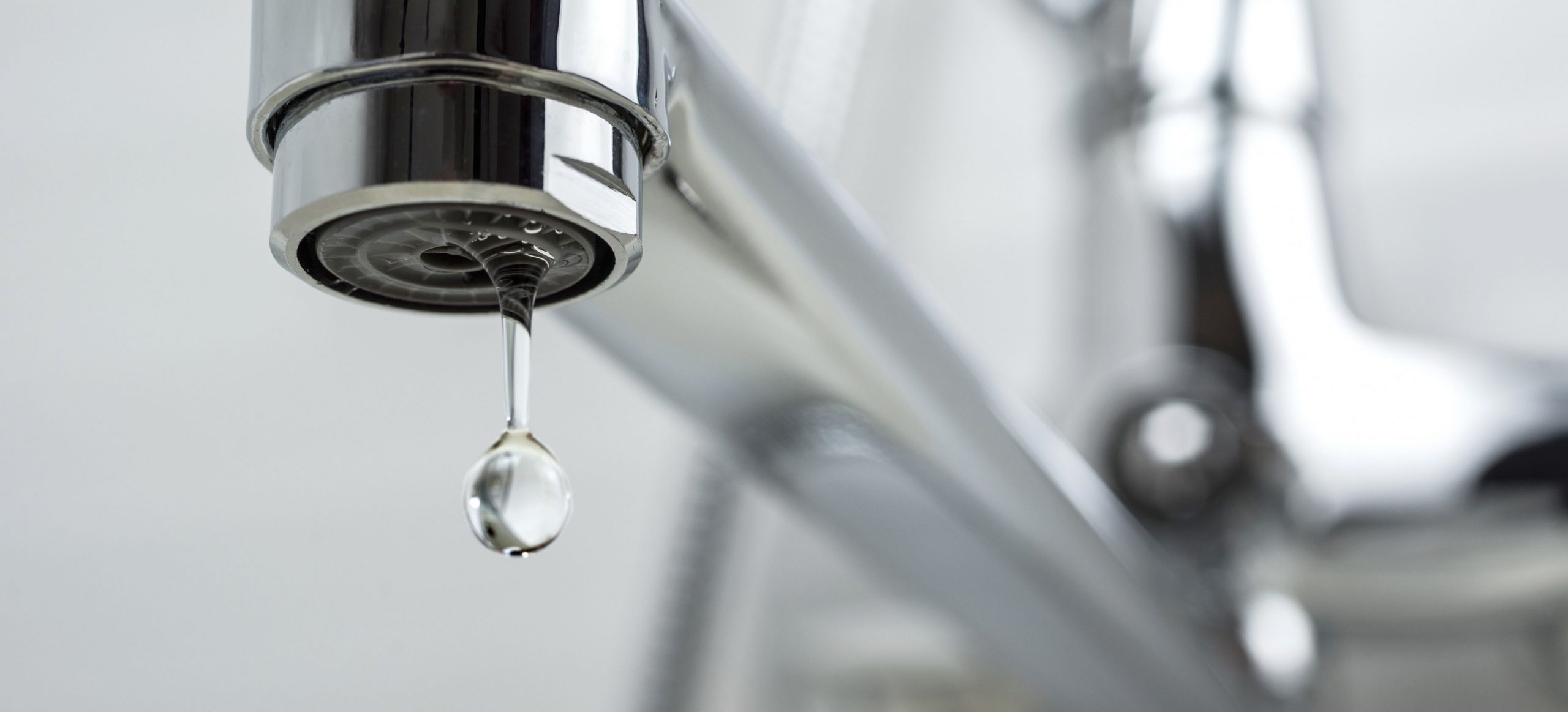10 Tips To Save Water and Reduce Water Usage at Home

With increasing pressure on global water resources, it’s more important than ever to adopt efficient water use habits. By implementing these strategies, you’ll not only conserve water, but also support a more sustainable lifestyle.
Cut down on your monthly water bills and reduce the impact on the local environment. You can take a good deal of water saving tips at little or no expense and make a big difference.
Why Water Efficiency Matters
Water efficiency refers to using less water to achieve the same result. It’s essential in combating water scarcity, reducing energy consumption, and preserving natural ecosystems. Saving water at home isn’t just about cutting your utility bill. It’s about adopting smarter habits and investing in efficient systems that benefit both your wallet and the planet. Whether you’re in a drought-prone area or simply want to reduce your environmental footprint, the following water saving tips can make a big difference.
- Monthly water bill – Who doesn’t want to save a few more pennies? Or while we are at it, a few pounds? Well, you can by installing water-efficient taps and showers, which reduce the amount of heated water you use. Even taking a five-minute shower instead of a bath once a week means that you save up to £20 on energy bills and £25 on water bills if you’ve got a water meter.
- Environmental impact – As the world’s population grows, so does our water demand. If we are more mindful about how much water we’re using, it will reduce the amount of stress we put on our lakes, rivers and reservoirs. Saving water preserves the ecosystem and habitats for all wildlife, which survival depends on how we use our water sources.
- Sustainability – Fresh water is already limited as it is. From the 70% of the water that is available, only 0.03% is fresh water. As water resources become more scarce, we must learn to conserve what limited supplies we have in order to save the future of water preservation.
By using water more wisely in our homes, gardens and workplaces, we can help make our reserves more resilient to the impact of climate change, especially in terms of droughts. A great addition is getting a reverse osmosis system, which will help save drinking water and clean it simultaneously.
Bathroom Water Saving Tips
The bathroom is one of the most water-intensive areas of your home. Here’s how to reduce household water usage in this space:
- Install low-flow showerheads and dual-flush toilets to cut usage by up to 60%.
- Turn off the tap while brushing your teeth or shaving.
- Limit showers to 5 minutes – use a timer if needed.
- Check for leaks regularly. Leak detection can save thousands of gallons a year.
- Tips to save water in the bathroom include using a bucket to collect water while the shower heats up and repurposing it for flushing.
- Buy water-saving showerhead or a low-flow toilet for sale online or at your local hardware store for an easy upgrade.
Kitchen Water Conservation Tips
Your kitchen is another hotspot for water waste. Try these eco-friendly water-saving techniques:
- Use a dishwasher only when full. Modern units are more efficient than handwashing.
- Scrape plates instead of rinsing before loading.
- Install faucet aerators to reduce flow without sacrificing pressure.
- Ways to use less water while washing dishes include using a basin for rinsing and turning off the tap during scrubbing.
Outdoor & Garden Water Saving Strategies
Outdoor water usage can account for over 50% of your total water bill in dry climates.
- Install smart irrigation systems or drip irrigation to water efficiently.
- Water early in the morning or late evening to reduce evaporation.
- Replace your lawn with drought-resistant plants and water-smart landscaping.
- Use rainwater harvesting systems to collect water for garden use.
- Install a smart irrigation controller for precision garden watering.
Fix Leaks & Upgrade Fixtures
Leaks are silent water wasters. Common areas to check:
- Toilets (listen for running water)
- Under sinks and dishwashers
- Outdoor hoses and irrigation lines
- Even a small drip can waste up to 11.000 litres per year. If you suspect an issue, call a professional leak repair plumber.
Best Products to Reduce Water Consumption
When considering how to lower water bills naturally, look into:
- Water-efficient fixtures like smart faucets and aerators
- Energy Star and WaterSense-certified dishwashers and washing machines
- Low-flow toilets and showerheads
- Rain barrels and greywater recycling kits
- Look for best appliances to reduce water consumption on verified eco-friendly retailers.
How to Check the Water Efficiency of Your Appliances and Fixtures
Thinking about purchasing a new dishwasher or washing machine? Or maybe you just want to see how efficient your current appliances are? Firstly, look out for the Energy Star rating, as these models use less energy and water than regular appliances.
Next, check the water consumption figure – the tap symbol, to see how much water it uses over a year. Keep in mind that washing machines which use less than 50 litres of water per load and dishwashers that use 10 litres of water per cycle are more water-efficient. There are some neat tricks to cut on your energy bills, too.
Key Takeaways
- Switch to a water meter. Not only will you be better off, but you will get to see how much water you are using each month. This little insight will help you see where you can save even more water.
- Upgrade old appliances to energy- and water-efficient ones. Your investment will benefit your pocket and the environment.
- Don’t waste water. Be mindful when running taps for cleaning and washing your teeth or hands and turn them off when possible. Take short, sharp showers rather than baths.
- Look out for leaks and get them fixed ASAP. Think of leaking loops or dripping taps as literally pouring money down the drain.
10 Tips To Save Water and Reduce Water Usage at Home
Need help? Hire the London Property Service experts today by giving us a call on 020 3078 5920.




